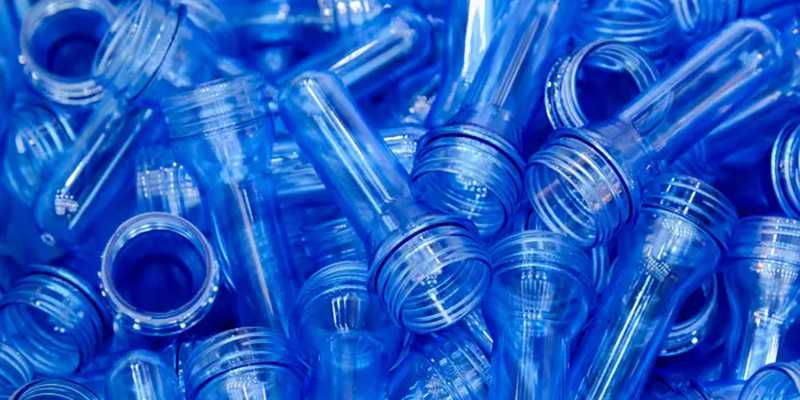- December 2, 2022
Medical injection molding is the mainstream process for producing medical supplies. It involves melting medical-grade plastics before reshaping and molding them into the desired shape of the medical equipment.
This additive manufacturing process gives rise to strong, durable medical injection parts with quality surface finishes and high dimensional accuracy. Also, since many medical instruments are for single use, this technique is suitable for large-volume production, yet reducing production costs for injection molding.
Why Use Plastics for Medical Injection Devices?
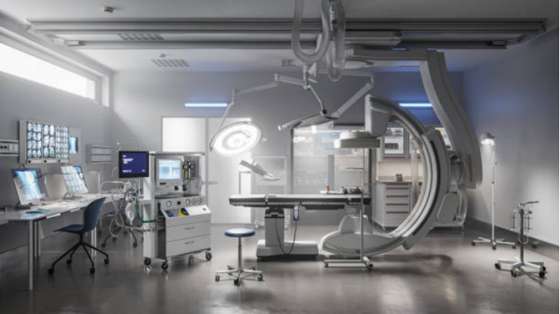
Any material for manufacturing medical gadgets must adhere to industry standards. Thermoplastics, especially those termed ‘medical-grade plastics’, comply with all FDA requirements, making them an excellent material for fabricating medical injection devices.
Moreover, plastic polymers are relatively cheaper than metals and alloys yet offer comparable durability and mechanical properties. So using plastics for manufacturing medical devices is a reasonable way to cut healthcare costs without compromising quality.
On the other hand, plastics are generally more flexible to work with during the manufacturing processes and even when it comes to the usability of the final products. Unlike metals, plastics are inert materials. So they are often a better choice for manufacturing components that will interact with organic tissues.
Advantages of Injection Molding for the Medical Industry
Injection molding is an automated process that swiftly creates parts and components for medical equipment. Its advantages outweigh similar additive manufacturing tech, like plastic extrusion, they include:
1. Compliance with Industry Standards
Components fabricated with medical injection molding are suitable for use in the medical industry because they comply with regulatory bodies. The FDA has set out a series of requirements regarding safety, sterility, cleanliness, and so on that, all equipment must meet.
Unlike metals and other materials, these plastics are easy to clean and sterilize, contaminant resistant, and less finishing requirements, making them ideal for the medical industry.
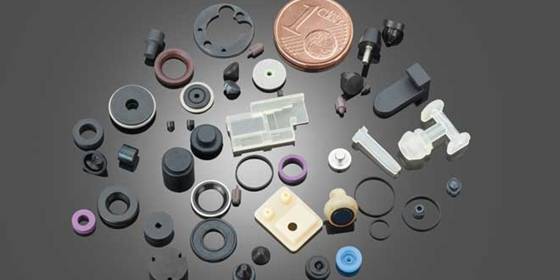
2. Cost Effectiveness
Medical plastic molding is automated and cost-effective, especially for large-unit fabrications. Being a computer-controlled process requires less labor, ensuring a reduced fee on the cost per part. In addition, the injection molding process is faster and allows for mold reuse, further cutting down the production cost of medical equipment.
3. Compatibility With a Wide Range of Materials
The injection molding process affords the machinists various materials to choose from. The technique is suitable for plastics, fibers, composites, etc. However, since we are discussing plastic injection molding for the medical industry, we have already streamlined the material we need. Even at that, the process is compatible with virtually all medical-grade plastics.
4. High Precision and Accuracy
The medical industry requires exceptional dimensional accuracy for its devices because it works with blood and various internal structures of the human body. A simple deviation of a few millimeters of inches may be detrimental to the patient.
That said, injection molding is an excellent fit for achieving the utmost dimensional accuracy and tight tolerances for plastic fabrication. In addition, being an automated process requires less human influence, eliminating errors due to external interference.
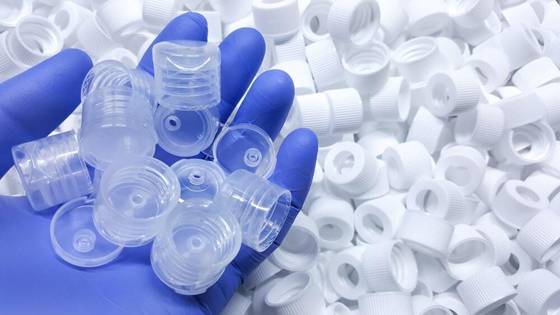
5. High Volume Reproducibility
Many medical products, like syringes, gloves, masks, etc., are for single use. Therefore, the need for a fabrication process with high volume repeatability is one of the primary benefits of injection molding.
With this technique, after creating the mold, you can fabricate thousands of exact parts before requiring any maintenance. A typical aluminum mold – the commonest for injection molding, can last thousands of production cycles.
6. Little or No Material Wastage
Like any manufacturing technique, medical injection molding generates waste – as you fabricate your parts, the process releases some excess scraps. Unlike others, the advantage of this technique is that it allows you to regrind and melt these excesses and reuse them for other parts fabrications. Therefore, the resulting waste after fabricating your medical prototyping is almost insignificant.
Different Kinds of Injection Molding Processes for Medical Gadgets
Now, let’s take a quick look at some injection molding processes used in fabricating medical devices.
Plastic(Regular) Injection Molding
Injection molding involves liquifying plastic polymers under high temperatures before reshaping or molding them into the desired shape in an aluminum or steel die mold. Plastic injection molding is highly valuable to the medical industry, as the process occurs under hygienic conditions. The high temperatures for melting the plastics ensure they are free of contaminants and microbes that may harm patients’ health.
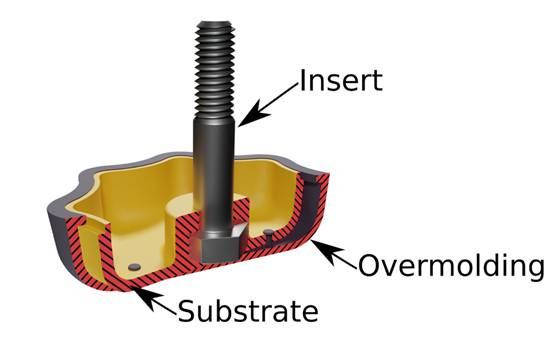
Overmolding
Overmolding is a type of injection molding that involves molding one or two components over an already molded and cured structure – the substrate. The process is called two-shot molding because it requires at least two steps, giving it a long production cycle. However, this technique is valuable to plastic manufacturing, especially in fabricating handles and components that require a firm grip.
Insert Molding
Insert molding is similar to overmolding in that a secondary component is molded over an already molded part – the insert. Unlike overmolding, insert molding is a single process, as the substrate (inserts) is a pre-existing structure. Also, this technique is not limited to plastic parts, as the inserts molded over can be made of metals or alloys.
Liquid Silicone Injection Molding
This process involves heating silicone to a molten state and then remolding it into the desired shapes of the medical product. Silicone is a typical plastic polymer suitable for use in the medical industry.
However, due to silicone molds are not as durable as aluminum or steel molds, silicone injection molding is usually only suitable for producing small quantities of medical parts, especially in the initial stages of medical prototyping and product development.
Different Medical Grade Plastics for Medical Injection Molding
There are different engineering plastic polymers suitable for medical injection molding. These plastics – are mainly thermoplastics and not thermosets because of their superior performance over the latter.
1. Polyetheretherketone (PEEK)
PEEK is a common engineering-grade thermoplastic with outstanding resistance to harsh environments, including against radiation, high temperature, chemicals, wear and tear conditions, etc. It is mainly for creating medical and surgical implants.
Moreover, it guarantees impeccable dimensional stability, even after exposure to stress. It also possesses other top-notch mechanical properties, making it an excellent fit for manufacturing medical gadgets. In addition, it is compatible with injection molding and other manufacturing techniques used in fabricating medical equipment.
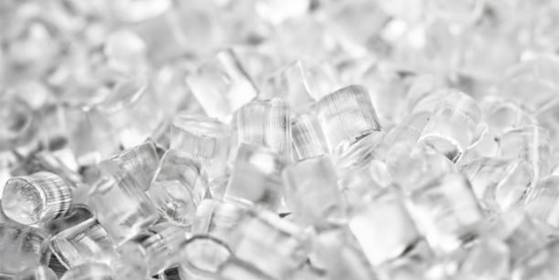
2. Polyethylene (PE)
Polyethylene is a common medical-grade plastic polymer. It comprises thousands of ethylene polymers, with the resulting material possessing high tensile strength and rigidity.
PE’s compatibility with biological tissues and resistance to harsh environmental conditions, including sterilization makes it a valuable plastic for medical injection molding. It is suitable for manufacturing joint prostheses, connectors, tubings, pharmaceutical containers, etc.
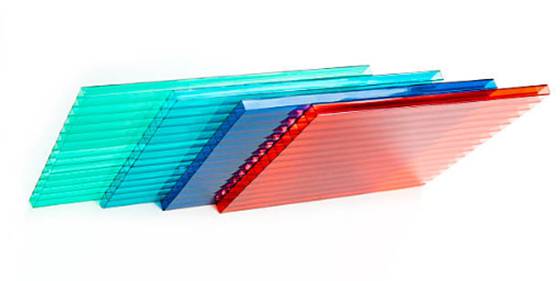
3. Polycarbonate (PC)
Polycarbonate is a strengthened engineering thermoplastic formed from bisphenol A and phosgene condensation. Though it appears transparent, it possesses excellent mechanical properties, including toughness, flexibility, resistance to abrasion, breakage, temperature, etc.
Also, it is highly compatible with body tissues, a typical characteristic of medical-grade plastics. It is suitable for manufacturing many medical plastic injection parts, such as transparent masks, protective gear, oxygenators, etc.
4. Polypropylene (PP)
Polypropylene is another common plastic polymer for plastic injection molding, resulting from the condensation of several propylene units. It possesses incredible toughness with resistance to cracking, radiation, impact, temperature, wear, and tear, etc.
All these make it a suitable plastic for manufacturing components for the health sector. It is ideal for manufacturing connectors, tubings, syringes, knee and hip replacements, respirators, etc.
![]()
5. Silicone
Silicone is a chemically inert chemical compound resembling synthetic rubber with outstanding mechanical properties and compatibility with biological tissues. It is the go-to medical-grade plastic polymer when flexibility is a priority.
It is suitable for manufacturing products and devices like catheters, cosmetics products, contact lenses, breast implants, drug delivery systems, connectors, and tubings, etc. In addition, silicone is exceptionally cost-efficient for manufacturing medical gadgets.
6. Polystyrene (PS)
Polystyrene is another top-notch engineering-grade plastic suitable for manufacturing medical injection parts. Unlike most other thermoplastics discussed earlier, it has little to no flexibility yet offers other excellent mechanical attributes and compatibility with body tissues.
It is resistant to harsh conditions that help ensure high dimensional stability, which is vital for all medical components. It is common for manufacturing Petri dishes, culture trays, and other diagnostic parts.
What Materials are the Available Medical Injection Parts?
There are different thermoplastics for fabricating hospital and medical injection parts. However, each polymer suit better for specific applications. Let’s discuss the criteria to consider when selecting medical-grade plastics.
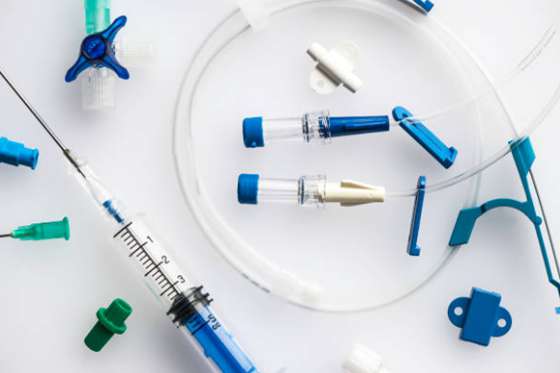
1. Industry (FDA) Regulations
When designing components for medical equipment, the first thing to consider is its compliance with the appropriate authority, mainly the FDA. There are guidelines and requirements that every medical instrument must meet before its eligible for use by the general public.
These standards include compatibility with biological tissues and the ability to withstand extreme physical and chemical conditions. Other criteria are subject to these regulations. Therefore, if the plastics pass all FDA regulations, they are suitable for fabricating medical plastic injection parts.
2. Strength and Durability
Plastics for manufacturing medical injection parts must show marked mechanical properties relating to strength, rigidity, and durability. When designing components for the health sector, it is crucial that you avoid fragile plastics that can break easily. Instead, use those impact and shatter-resistant thermoplastics, which will serve their purpose of creation for extended periods.
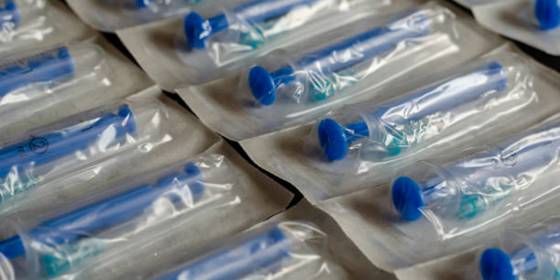
3. Suitability of the Environment Within the Organism
Some medical products, such as prosthetics and surgical implants, will directly contact organic tissues. Therefore, plastic polymers for such fabrications must be inert and not alter normal body activities. Instead, remain compatible with the environment of the internal body structures even after use for a long time.
4. Ability to Withstand Sterilization Conditions
Many medical devices need to be sterile – free of any contaminants and microorganisms which may be harmful to patients. That said, the sterilization process involves exposing these medical gadgets to harsh conditions, such as; high temperatures, radiation, or chemicals.
Therefore, the plastic polymers for creating instruments that require sterilization must retain their dimensional accuracy even after exposure to these harsh environments.
5. Selection of Molding Method
The injection molding method is another criterion for consideration when selecting the right medical plastics. For example, it is best to use liquid silicone injection molding for such fabrication when working with silicone.
Other plastic injection molding techniques include insert molding, micro molding, ultrasonic bonding, overmolding, etc. It should ensure to use of the appropriate process for your fabrication.
6. Consider General Usage
The purpose of the fabricated components is another thing to consider when using plastic polymers for medical injection molding. For example, medical equipment like gloves, masks, respirators, tubings, catheters, and syringes are for single use.
As a result, such components should utilize only a few materials during fabrication; they should be flexible, lightweight, transparent, and easy to sterilize. Spending too much on such products will be too expensive and unwise for the manufacturer.
Applications of Plastic Injection Molding in Medical Devices
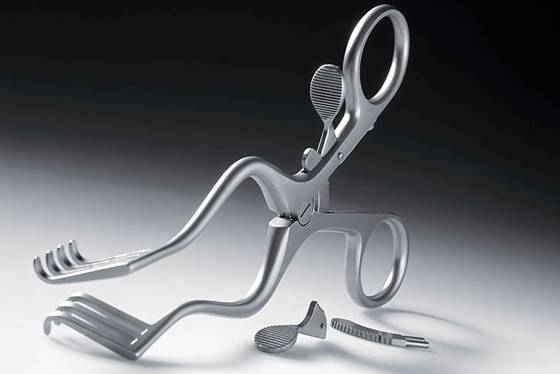
With the various advantages explained above, you will agree that injection molding is a highly efficient and effective manufacturing technique for the medical industry. It’s a seamless process that boasts high precision and accuracy, even for large-volume production. This makes it the go-to method for many companies that fabricate components for the medical and pharmaceutical industries.
The process is quite common for manufacturing the following medical plastic injection parts.
- Knee and hip joint replacements
- Various surgical implants and pieces of equipment
- Simple essential components like blood bags, syringes, catheters, connectors, tubings, respirators, masks, and protective gear
- Housings, casings, and enclosures for sophisticated medical gadgets like MRI and ECG machines
- Components, like Petri dishes, healers, test tubes, etc., for laboratory tests.
- Dental X-ray equipment
- Orthopedics
- Pharmaceutical containers and packaging
WayKen: Your Expert on Injection Molding Services
Are you in need of an expert at fabricating medical plastic molding services? Look no more. At WayKen, we offer professional operations on rapid injection molding and other manufacturing technologies, including CNC machining, 3D printing, mold tooling, etc.
We boast a team with extensive experience in injection molding services and can produce aluminum mold and more sophisticated steel mold depending on your machining needs. Also, We provide professional advice on the selection of the right material for your medical injection parts, so that you get a high-quality and cost-effective end product
Just upload your CAD files, then, we offer you free DfM analysis and insights on how to carry out your fabrication.
Conclusion
Medical injection molding is cost-efficient, producing high-quality products with outstanding mechanical and chemical properties. With injection molding, simple medical injection parts are relatively easy to fabricate, as well as complex components requiring tight tolerances.
FAQs
What are medical grade plastics?
Medical-grade plastics are plastic polymers for manufacturing medical products and devices. These plastics are biologically inert and have passed tests and stability studies that assure their safety and compliance with industry standards. They possess excellent mechanical, physical, and chemical properties. Some examples include; polyethylene, PEEK, polypropylene, ABS, etc.
What is the injection molding medical device?
Injection molding medical devices simply refer to applying injection molding techniques in manufacturing medical devices. Medical injection parts are manufactured by heating plastic components to molten states before remolding them into suitable shapes that fit specific designs to be used as components for medical gadgets.
What types of medical products are available for injection molding?
Medical injection molding can fabricate virtually all plastic medical equipment because the technique satisfies all FDA safety and structural stability regulations. Simple equipment like Petri dishes, syringes, tubings, and blood bags, and complex structures like implants, housings, and casings for large medical gadgets, prosthetics, etc., are all compatible with plastic injection molding processes.

